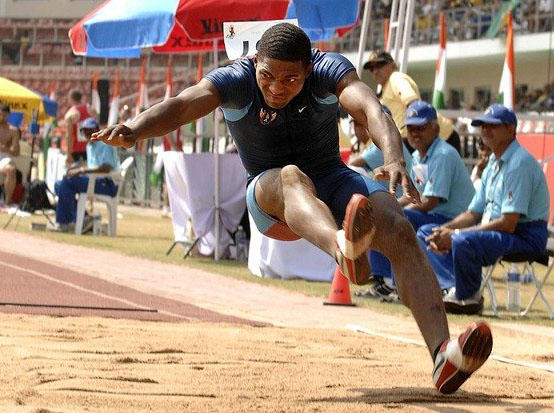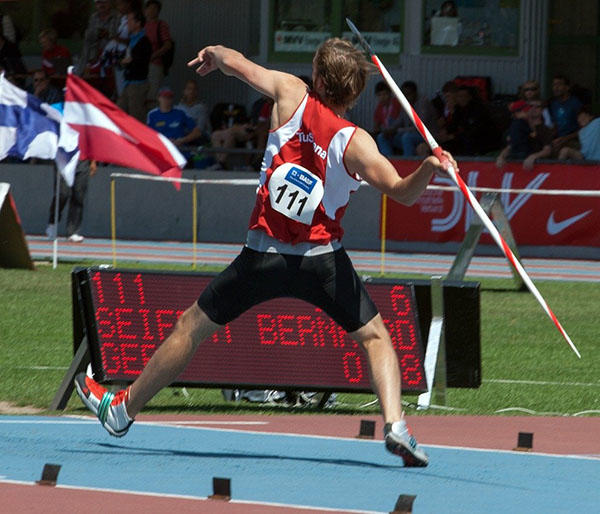In this Academic Blog, recent graduate in
Sports Science, Henry Lewis, explains what limits our athletes and sports professionals.
Ever wondered why you can’t run at 100mph? Why you can’t jump the width of the Grand Canyon? If so, then you’ve pondered what limits human physical performance. In this blog we’re going to explore factors that influence this, with the view that if we can overcome these factors, budding Sport and Exercise Scientists could create a generation of phenomenal athletes.

Now, before we delve into this, we need to set a few ground rules: events that you’d typically see at the Olympics will be used as the measure for human performance. The reason for this is that one’s ability to run, jump, swim is an easy metric to understand and measure. Games such as netball or football simply have to many varying factors to evaluate.
The first thing to consider is that human performance fluctuates naturally, hence why athletes periodise their training programmes (they split their training plans into sections which vary in difficulty), so they arrive at an optimum when they need to. This is the reason why so many world records are set at either the Olympics or the World Championships.

The next factor is the environment, both physical and synthetic. The physical environment probably effects performance more than anything else, as an extreme example, good luck going for a jog on the moon! Low gravity would ruin your running performance. Back on Earth, there have been numerous interesting sporting results due to the environment.
The 1968 Olympics were held in Mexico City, at an altitude of 2,250m. Unsurprisingly, new world records were set in events such as Javelin, Shot-put and the Long Jump because of the reduced drag at altitude. Conversely, endurance events (activities with a heavy reliance on using oxygen) really suffered as a result.
All of the above, doesn’t really test the upper limit of performance, the fact that your performance will change depending on the environment doesn’t actually test how good you are at something. And so, for this last part of the blog we’re going to assume that every factor is at an optimum. Well now, what’s stopping someone hitting a 100mph sprint speed? At this point we’re delving into science fiction slightly, but it’s important to note that there are still limiting factors at play. Here, Tim Noakes’ central governor theory helps to highlight what might be going on. The theory, though not widely used anymore, hypothesises that it’s impossible to reach one’s maximum physical output as a protective mechanism. In this theory the brain calculates a safe exertion for the body.
Think about it, if you could run to your full potential, as fast as you can imagine, with no thought to overheating and dehydration, then to put it bluntly: you’re dead – which is never ideal! This theory is purely hypothetical, but there is evidence to support the claim that humans don’t ever exercise to their true maximum. For instance, when exerting maximal force athletes are only ever activating a small percentage of their muscle fibres. The rest remain inactive and beyond our conscious control.
There are loads of interesting questions here, namely what is this mechanism that protects us from over-exerting ourselves? And, if it exists, how do we overcome it to break the next world record? Sport scientists must be careful here, if we push the human body too far then there is a risk of putting athletes in danger. The ‘edge,’ that is so frequently discussed in relation to sport, certainly gets bought into play here. So often there is a fine line between success and catastrophe. If working through problems such as these is something that interests you, then a career as a Sport Scientist could be the one for you.
We offer an undergraduate Sport and Exercise Science BSc at the University of Worcester.